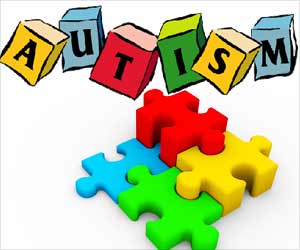
‘The genomic length of genes associated with autism are longer than other brain-expressed genes of Alzheimer’s and schizophrenia.’
Tweet it Now
"We are now a step closer to understanding the genes associated with autism and understanding the biological process involved in the disease," says Dr. Idan Menashe, who along with his colleagues, Erez Tsur and Prof. Michael Friger, is a member of the BGU Department of Public Health in the Faculty of Health Sciences. Dr. Menashe and Tsur are also members of BGU's Zlotowski Center for Neuroscience."This study gives us a tool to help identify additional autism genes using the genetic signature we found. From there, we hope to be able to diagnose autism earlier," the researchers say.
One particularly distinct characteristic of autism genes the researchers found is their exceptional genomic length, which is longer than other brain-expressed genes of closely related diseases such as Alzheimer's and schizophrenia.
Additionally, when the researchers studied families that have a child diagnosed with ASD, they found a unique genomic signature shaped by negative selection, an evolutionary process that purifies and removes disruptive mutations from genes and prevents them from replicating over generations.
Dr. Menashe and his colleagues also searched for evidence of positive selection in these genes, which would cause an increase in frequency until they are a factor in the population. "While this kind of mechanism could explain the prevalence of autism in the human population, we found no indications of positive selection acting on autism genes," he says. "Thus, while autism susceptibility mutations are in the human genome, they only present as an autism disorder when combined with other genetic, non-genetic or environmental factors.
Advertisement
The study is published in Behavior Genetics.
Advertisement













